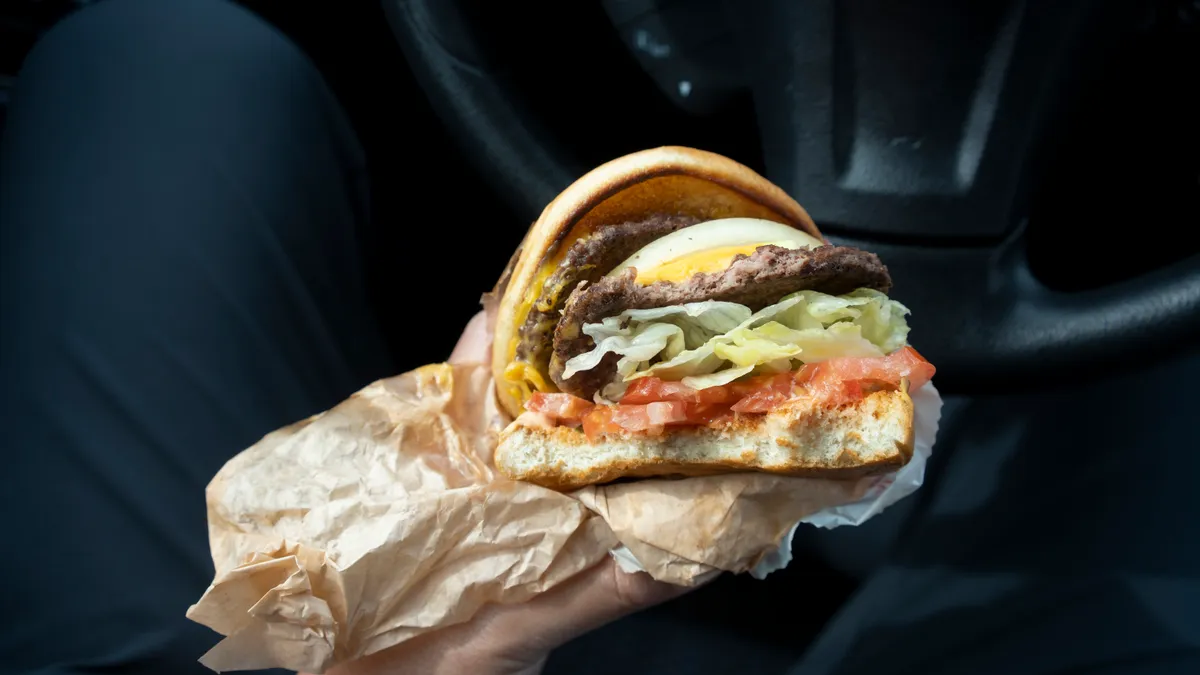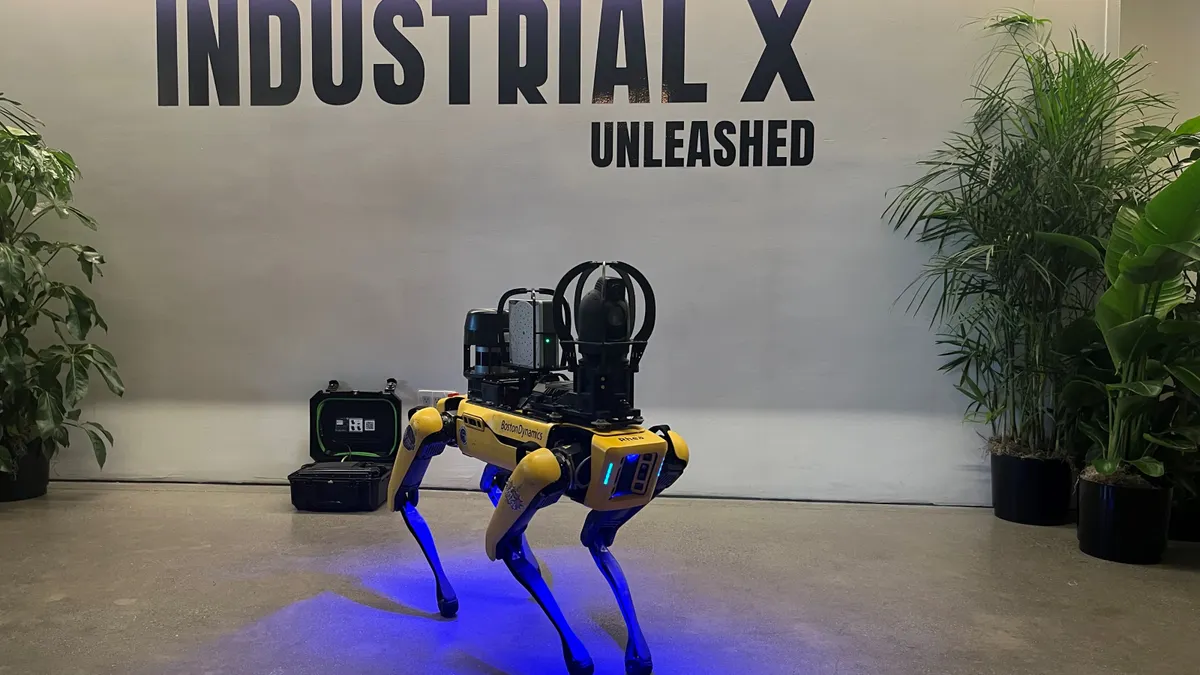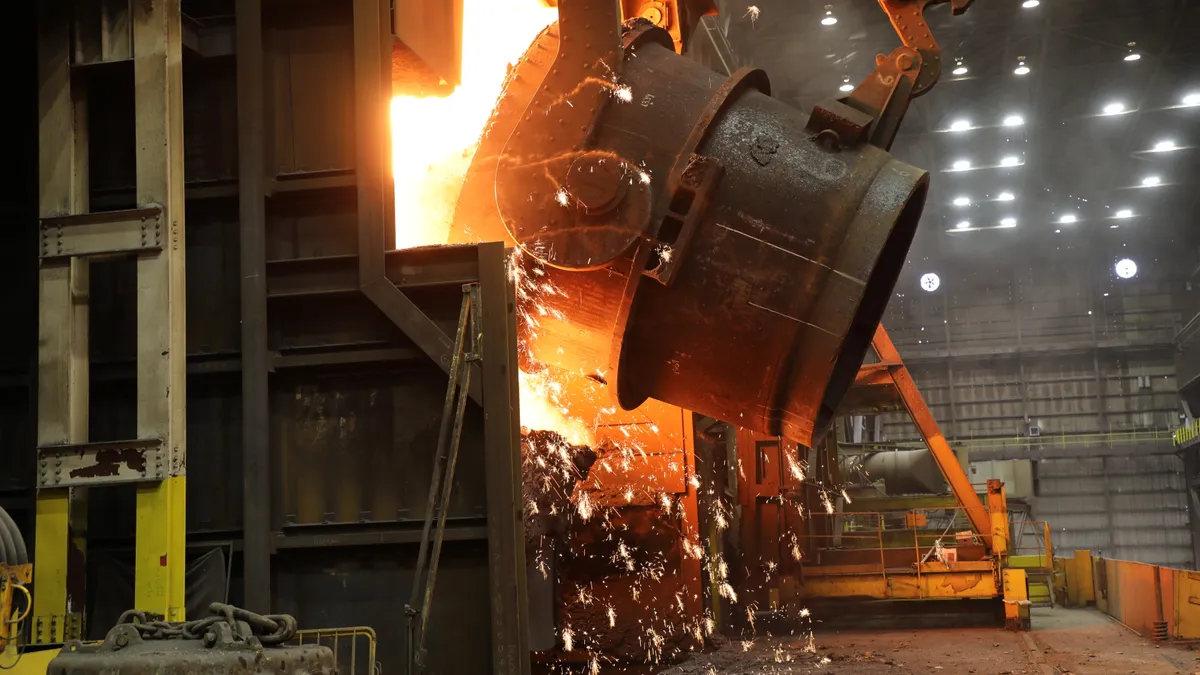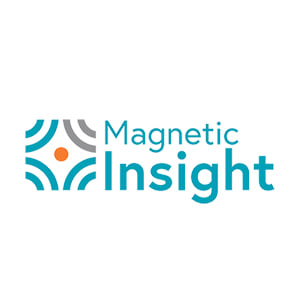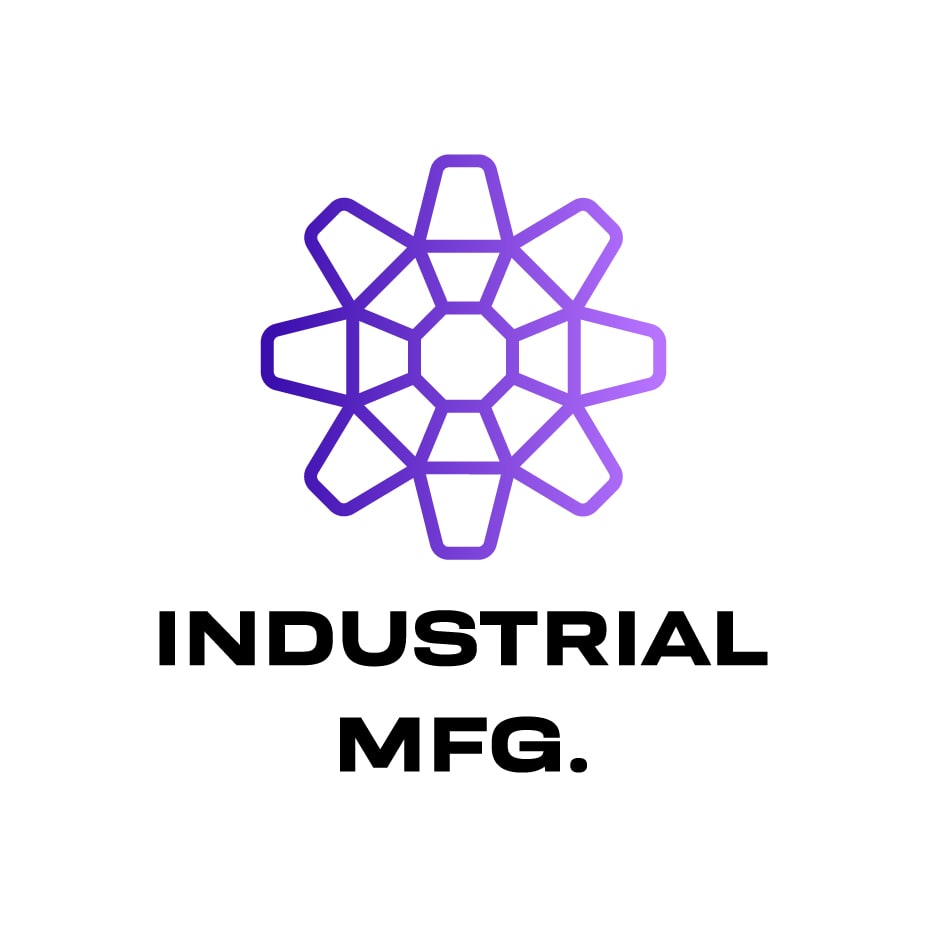As policymakers step up efforts to restrict PFAS use, leaders in the paper and packaging industry say they are already phasing out these chemicals in their products voluntarily. But testing has found that PFAS persist in some packaging, an indication that meeting the accelerated timeline regulators have proposed could be a challenge.
PFAS — a group of thousands of synthetic chemicals once prized for their resistance to oil, grease, water and heat — have been used in hundreds of consumer products since the 1940s, including coated paper and packaging. Mounting evidence of serious health effects and rising public concern have triggered a wave of new restrictions and lawsuits aimed at halting their use.
On March 14, the U.S. EPA proposed its first legally enforceable limits on six types of per- and polyfluoroalkyl substances in drinking water sources, which could include waterways into which effluent from paper mills flows. The agency says this rule, which could be finalized by the end of the year, “will prevent thousands of deaths and reduce tens of thousands of serious PFAS-attributable illnesses.” Studies on the health impacts of PFAS have linked some types to kidney and testicular cancer, thyroid disease, elevated cholesterol, low birth weight and other health problems.
PFAS has primarily shown up in the paper industry through food packaging and effluent from paper mills. The Food and Drug Administration regulates chemicals in food packaging, while the EPA regulates effluent.
The compounds, which consist of a strong carbon-fluorine bond, can come into contact with people or the environment at multiple steps in the life cycle of a packaging product: when the chemicals are manufactured, when they are added to packaging, when a consumer eats the food inside and when the packaging is recycled or disposed of.
Finding the source
After FDA notified manufacturers in 2020 about potential health risks from certain short-chain PFAS in food packaging, some companies voluntarily agreed in July 2020 to phase out their production. Short-chain PFAS, which contain fewer carbon atoms, were initially thought to be safer than long-chain PFAS because they are less likely to bioaccumulate. But recent studies suggest they are more mobile and persist longer in aquatic ecosystems such as rivers.
How much PFAS remains in paper products is unclear. Several paper companies, including International Paper and WestRock, referred inquiries about their current and historic PFAS use to the American Forest & Paper Association.
In an emailed statement, AF&PA Chief Scientist Stewart Holm said that the trade group’s members stopped using long-chain PFAS “over a decade ago,” and plan to voluntarily phase out the use of short-chain PFAS approved by FDA by the end of the year. AF&PA's members have largely transitioned to PFAS substitutes, he added.
“AF&PA members are committed to ensuring the safety of our products, including the safety of chemicals used in the manufacturing processes,” he said. “This includes a continued focus on product stewardship and innovation to meet the demand for PFAS-free, grease-resistant products, like food packaging.”
A March 2022 Consumer Reports analysis of 100 food packaging products from grocery stores and restaurants suggests that PFAS were still widely used at the time. A review study from the previous year had suggested that PFAS are more likely to migrate from packaging into foods that are salty, fatty or acidic.
Consumer Reports’ testing found PFAS in many items, including hamburger wrappers, paper plates and french fry bags. That followed a 2017 study that found several types of PFAS in 20 food packaging samples, which prompted multiple U.S. senators to urge Burger King, Dairy Queen, Starbucks and several other fast food restaurants to discontinue use of the chemicals.
In the wake of these actions, several fast food chain restaurants, including McDonald’s, Burger King and Chick-fil-A, said they would phase out PFAS in their packaging, and others recently followed suit with their own pledges.
FDA, which revoked its authorization of long-chain PFAS in 2016, maintains that the PFAS compounds still authorized for use in food packaging products are safe. According to its website, the agency says it “conducts a rigorous scientific review before they are authorized for the market.”
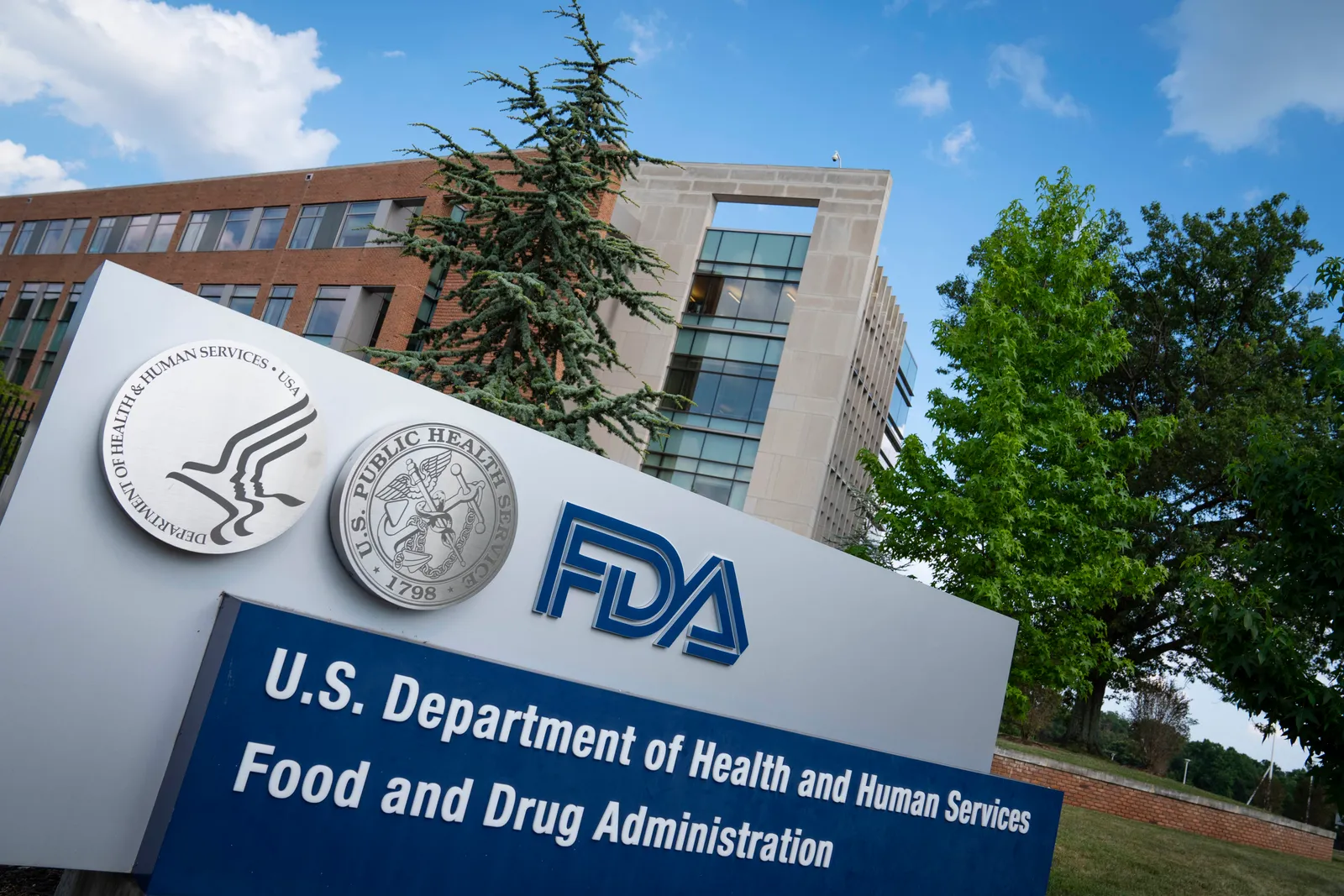
The switch to alternatives
While many PFAS remain in circulation, it appears that an increasing number of companies are swapping out PFAS for safer and less controversial alternatives.
Graham Peaslee, a professor at Notre Dame University who co-authored the 2017 study, often fields inquiries from companies trying to rid their products of the substances. He said a follow-up analysis, which has not yet been published or peer-reviewed, suggests that several companies made good on their promises.
”We revisited it and in the U.S. market those companies we identified the first time [in 2017] aren't using it anymore,” Peaslee said. “And that's remarkable, if 19 out of 20 disappeared because of a paper, combined with a little push from a senator.”
Michelle LeMere, Pixelle’s vice president for engineered specialties, said the company was one of the first in the specialty paper manufacturing industry to stop using PFAS.
“We’ve invested years of research and development to create cost-effective, innovative PFAS-free barrier technologies that deliver reliable oil and grease resistance for a wide range of food applications,” she said in an emailed statement.
Advocacy groups say that voluntary phase-outs and new state and federal regulatory proposals are a good start, but they want federal agencies, particularly FDA, to do more.
Concerned with the number of PFAS-containing packaging products that remain in the supply chain, the Environmental Defense Fund filed a petition in 2021 asking FDA to reconsider all authorizations of PFAS used in food packaging. The agency has not yet responded to that petition, said Tom Neltner, who is senior director of EDF’s Safer Chemicals Initiative.
An EDF analysis of information received via a 2017 Freedom of Information Act request found that FDA approved environmental assessments submitted by two PFAS manufacturers, Chemours and Daikin, that found PFAS in wastewater discharge. This approval allowed the companies to sell the compounds to make food packaging and other paper products. In July 2020, FDA issued a plan for Daikin to phase out its PFAS use within five years. Daikin has pulled its PFAS from the market, and Chemours’ PFAS never entered it, according to Neltner.
Since 2019, FDA has taken steps to address PFAS, including sampling food and reviewing a number of its approvals for the compounds. The agency reversed some, but not all, of the authorizations. FDA issued a statement in June 2019 saying that its findings “did not detect PFAS in the vast majority of the foods tested,” though the agency acknowledged that it undertook only “limited sampling.” FDA has since updated its testing methods and says it continues to study the issue.
“What I think FDA should be doing is removing the approvals or the authorization for any PFAS unless they have clear evidence that it does not bioaccumulate,” said Neltner. “And, they have to be honest with the public about what the environmental implications are on waste disposal, on recycling, on the community around the paper mill, or the place where the chemicals are manufactured. And FDA is not very good at that.”
In an emailed statement, the agency said it stood by its review process.
“As part of our environmental review, the FDA ensures that the food contact substance would be retained by the food contact material and what migrates from the final use would not impact the environment,” said Kristi Muldoon Jacobs, acting director of FDA’s Office of Food Additive Safety.
Neltner believes current PFAS use in the paper industry is likely not widespread.
“One of the things that I've found as I've talked to the companies is that there's often just one or two paper mills that use the product, because it's a specialty mill,” he said. “It’s not that all paper mills use it. And if they use it, they're going to be pretty intentional about it.”
The companies, which shared information with Neltner confidentially, said that some of the remaining PFAS at paper facilities are from residual contamination. “It’s a grease and water repellent in a paper mill. So it could be stuck in the process, in the machinery, the tanks, and will take time to purge,” he said.
Several paper companies, including Pixelle and Good Start Packaging, now advertise “PFAS-free” packaging on their web sites. But it’s unclear what is replacing PFAS in those products. When asked what substances Pixelle uses in its “PFAS-free” FlexArmor barrier, LeMere said it contains a “proprietary combination of natural and sustainable materials” that “have been used in the food industry for decades.”
In combing through FDA approvals for chemicals that serve the same purpose, “from around 2010 on we have not seen one that covers paper and paperboard that talks about oil and grease repellency,” said Neltner. “Which tells me FDA hasn't reviewed a new chemical as a substitute. If you're finding substitutes, they're going to be something that had been approved a long time ago.”
Neltner noted the group’s analysis of the documents is not yet complete, however. Peaslee said some food chains are reverting to old packaging methods, such as wrapping a food item twice in uncoated paper or using wax-coated packaging. Others are using papers coated with a plastic barrier, which he said is more effective but can add to the plastic waste problem.
”They just went to the cheaper alternative that was readily available,” Peaslee said. “And I think in terms of PFAS out in the environment, it really helps.”
One way to assure consumers that a piece of packaging is free of PFAS is through third-party certification, but that has been slow to catch on. Clean Production Action, a Massachusetts-based nonprofit, offers a certification program for PFAS alternatives in a range of products. Only two companies have become certified under the organization’s GreenScreen food packaging initiative so far.
“Another way of looking at GreenScreen-certified is it's a way of future-proofing your products — to future regulations and to future shifts in consumer demands,” said Mark Rossi, the organization’s executive director and a member of the Massachusetts Toxics Use Reduction Act Advisory Committee. “Some individuals and some companies get that and run with that, and others do not.”
Rossi said companies that make firefighting foam, types of which historically contained large amounts of PFAS, have been more proactive in seeking certification. Though he noted that a lack of substitutes is not standing in the way of ditching PFAS.
“There are a lot of alternatives out there,” Rossi said. “I haven't seen that as being a barrier to eliminate PFAS in food packaging. What’s not happening is [products] being evaluated for their sustainable chemistry by an independent third party.”
Finding substitutes that perform as well as PFAS may also be an issue, though he said it shouldn’t take much of a substance to keep a food container from leaking, because it’s only used for a short time.
Following reports of crops taking up PFAS from compost contaminated with the chemicals, the Biodegradable Products Institute — which certifies compostable packaging and products — has also taken steps to address PFAS in its certification protocols. The group now includes a total fluorine limit — a proxy measure for the presence of PFAS — of 100 parts per million in its certification requirements.

PFAS in effluent
Paper mills and packaging factories also have come under scrutiny by the EPA and some states because of their potential to discharge PFAS into waterways.
Drinking water is thought to be one of the most common exposure pathways, based on mounting evidence. A 2022 study by U.S. Geological Survey scientists found that 20% of private wells and 60% of public wells sampled across the eastern U.S. contained PFAS. An Environmental Working Group analysis concluded that these chemicals have contaminated drinking water for more than 200 million people nationwide.
After reviewing its guidelines, the EPA recently decided not to overhaul effluent rules for the paper industry. State data showed detectable levels of several types of PFAS in the effluent of paper and paper-based packaging facilities. But the EPA, citing an AF&PA survey of its members (which represent 87% of pulp, paper and paper-based packaging facilities), noted that only five U.S. facilities were still using the chemicals as of July 2022. All five of those facilities planned to finish phasing out PFAS use by the end of 2023.
The agency said it will “continue to review” the industry’s handling of PFAS in wastewater as it transitions to PFAS-free alternatives. While EPA testing of effluent samples from paper mills using virgin pulp and those using recycled fiber found PFAS in low concentrations, the agency has also said that PFOA and PFOS can pose health risks even at low levels.
In December, the EPA issued guidance to states on how to use the Clean Water Act’s National Pollutant Discharge Elimination System program to reduce PFAS in effluent. The guidance — which lists pulp, paper and paperboard among the known or suspected sources — recommends eliminating PFAS or finding a substitute when a “reasonable alternative” is available. The recommendations also include submitting an evaluation of current and historical use of PFAS and filing an annual progress report.
Looking ahead
The EPA has encouraged states to tap into the $1 billion available under the 2022 federal infrastructure law to limit PFAS in drinking water. The funds can go toward testing, technical assistance, training and installation of treatment infrastructure.
The Biden administration is also moving to abolish an exemption that came under scrutiny by environmental groups. During the Trump administration, the EPA amended a rule to allow an exemption for “de minimus,” or negligible, amounts of PFAS — defined as less than 1% of the total mixture. That allowed some companies to avoid reporting their PFAS use to the Toxics Release Inventory, according to an EWG analysis.
Meanwhile, several states have filed lawsuits against paper manufacturers over PFAS contamination of drinking water supplies.
Last December, Michigan Attorney General Dana Nessel filed suit against Domtar Industries, which operated a paper mill in Port Huron for a century, over high PFAS levels in manufacturing processes and paper sludges, which allegedly entered groundwater and surface water. In Maine, two property owners sued several paper companies in 2021, including International Paper and Pixelle, over alleged contamination of their drinking water wells. That suit remains ongoing.
Some of the most aggressive moves to restrict PFAS are coming from state legislatures. A new Washington state law that partially went into effect Feb. 1, for example, bans the manufacture, sale or distribution of several types of food containers that contain intentionally-added PFAS. Several other states, including Hawaii, New York, Oregon and Tennessee have either adopted or are considering various legislative initiatives aimed at reducing PFAS exposure from food packaging, according to the advocacy group Safer States’s policy tracker.
With more potential state and federal action on the horizon, PFAS can be expected to remain a key issue for the packaging sector for years to come.


